The Observatori de l’Ebre (OE) is a Research Institute founded by the Society of Jesus in 1904 to study Sun-Earth relationships. Over the years it has excelled in the study of earth currents, atmospheric electricity, seismology, solar and geomagnetic activity, and the terrestrial Ionosphere, and continues to do so today in the latter two fields. The fact of being constantly up-to-date regarding those scientific disciplines has led to unique innovations on a world-wide scale, and also resulted in the pioneering introduction of different geophysical techniques and studies in Spain. In addition to this aspect, the continuity and reliability of its observations, with more than a hundred years of history, mean its magnetic, ionospheric, seismic, meteorological and solar records have an incalculable scientific value. As examples, it can be pointed out that the observatory’s seismic and ionospheric records are the most extensive of their kind in Spain, and that the meteorological records go all the way back to 1880.
The OE is a university institute of the Ramon Llull University (URL) and has been associated or coordinated with the Spanish National Research Council (CSIC) since the beginning of this organization. It has also maintained a close collaboration with the National Institute of Meteorology (INM) since 1920, now known as the State Meteorological Agency (AEMET) and later with other institutions, such as the National Institute of Aerospace Technology (INTA) or the Cartographic and Geological Institutes of Catalonia (ICC and IGC), currently the Cartographic and Geological Institute of Catalonia (ICGC).
The OE is governed by a non-profit foundation, whose board of trustees is formed by the Administration of the Generalitat de Catalunya, to which it is attached through the department responsible for land policy, the Meteorological Service of Catalonia, the Cartographic and Geological Institute of Catalonia, a patron appointed by the head of the department of the Administration of the Generalitat de Catalunya responsible for the environment, two patrons appointed by the head of the department of the Administration of the Generalitat de Catalunya responsible for research, the Consejo Superior de Investigaciones Científicas, MP, the Diputació de Tarragona, the Instituto Geográfico Nacional, the City Council of Roquetes, the City Council of Tortosa and the Agencia Estatal de Meteorología.
The CSIC and the AEMET have several public, government-paid, work-places in the OE. Research projects and tenders for competitive public calls for grants are channelled and administered either through the URL or through the CSIC.
The Board of Trustees appoints the Director of the OE, and the President of the Board appoints the Manager after hearing the Director. The workforce is not large enough to allow for a division of Departments, so the OE operates as a single Department under the name of Geophysics, with the OE Director assuming the post of Department Head. Nevertheless, the Institute is structured in two Sub-lines of Research: Geomagnetism and Aeronomy, and Climate Change (atmospheric and hydrological studies) and six Services. The services of the OE consist of an Observation Unit, the International Service of Rapid Magnetic Variations, a Scientific Culture Service, the Library, the Administration Service and the Maintenance and Computer Science Service.
The Direction Council (or Institute’s Governing Board) is made up of the Director, the Manager, the Heads of the two Sub-lines of Research, the Head of the Observation Unit, the Head of the Infrastructure Service and up to other two people chosen by the Director. The Director is the President of the Council (Board) and the Manager acts as Secretary.

